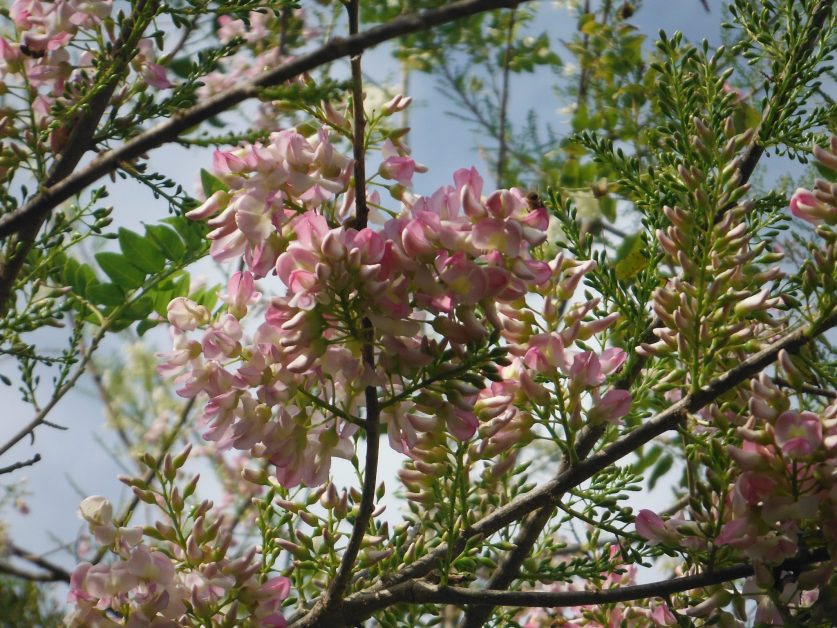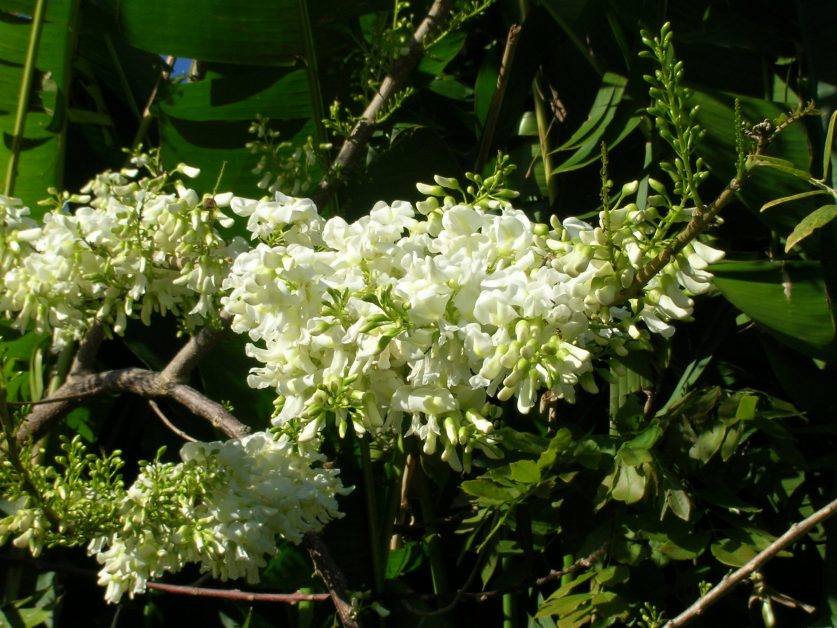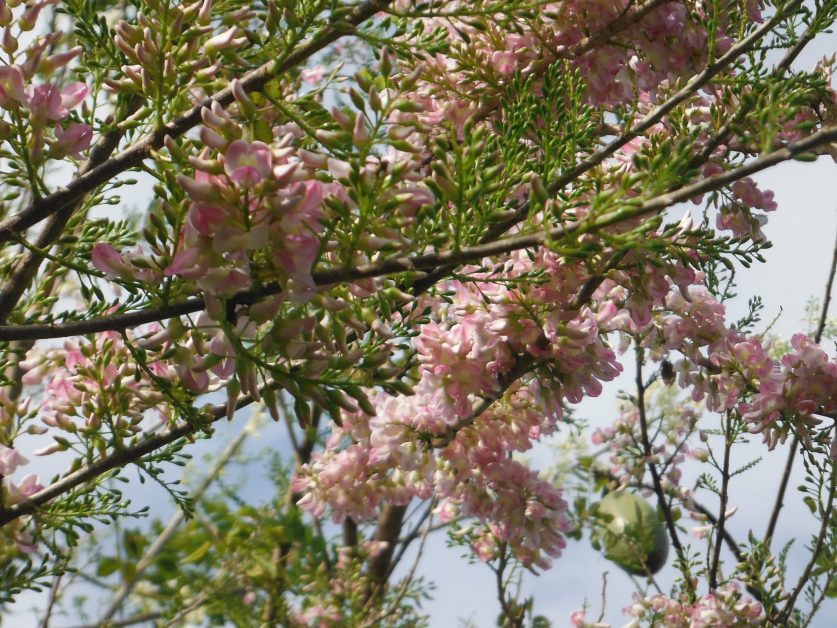Madre de Cacao: A True Multi-Tasker
The pea (Fabaceae) family of plants is not only among the largest in the world––at about 19,000 species––but also one of the most useful to humanity. And within that distinguished family, Madre de Cacao (Gliricidia sepium) may well be the second-most significant species, behind only the Lead Tree (Leucaena leucocephala).
G. sepium has its origins in tropical dry forests of Mexico and Central America, but, because of its versatility, it has been distributed to tropical regions around the world. Here are some of the attributes that make this tree so popular:
• A fast-growing and leafy species, it was planted by the Aztecs to provide shade for cacao plantations. That application is the source of the common name Madre de Cacao. Over centuries, it has also come to be used to shade coffee, tea and vanilla plants.
• The tree’s nitrogen-fixing properties make it valuable to the improvement of agricultural soils.
• Its ability to root just from cuttings has made G. sepium a major source of living fenceposts. Straight-growing cuttings placed close together provide an inexpensive source of fencing material. That quality is the source for another of its common names: quickstick.
• The tree’s dense wood not only renders it an excellent, virtually smokeless, source of fuel, but also makes it valuable for manufacturing into tool handles, furniture and even more demanding construction-related implements.
• The leaves and bark of G. sepium are used in some countries to treat skin diseases in humans. It is also said that constituents of the tree are effective in combating ulcers, headaches, fever and tumors.
• There are reports of G. sepium being utilized to eradicate rodents or to kill or suppress insects and fungi.
• The leaves of Madre de Cacao provide an excellent, protein-rich source of fodder for certain livestock, particularly goats.
Now, dear homeowner, we at Richard Lyons’ Nursery recognize that you may have opted not to raise a goat herd in your backyard––and you are well within your rights to live with that deprivation––so you might wonder what benefits would accrue to you for planting a specimen of G. sepium in your yard. The answer is that, besides its many utilitarian applications, it is also a very nice ornamental tree.
While a vigorous grower, Madre de Cacao does not become very tall, ranging in height from 6-33 ft. It has a smooth trunk, with whitish to gray-brown coloration. In its wintertime flowering season, it produces clusters of pinkish blossoms or white depending on the cultivar. If not provided supplemental irrigation during rainless parts of the winter, it will behave as a deciduous species. It is tolerant of alkaline soils and drought, and it will leaf out vigorously after being cut back hard.
G. sepium is available in several sizes at Richard Lyons’ Nursery.
- Gliricidia sepium (Pink Madre de Cacao)
- Gliricidia sepium ‘Alba’ (Madre de Cacao)
- Gliricidia sepium (Pink Madre de Cacao)


